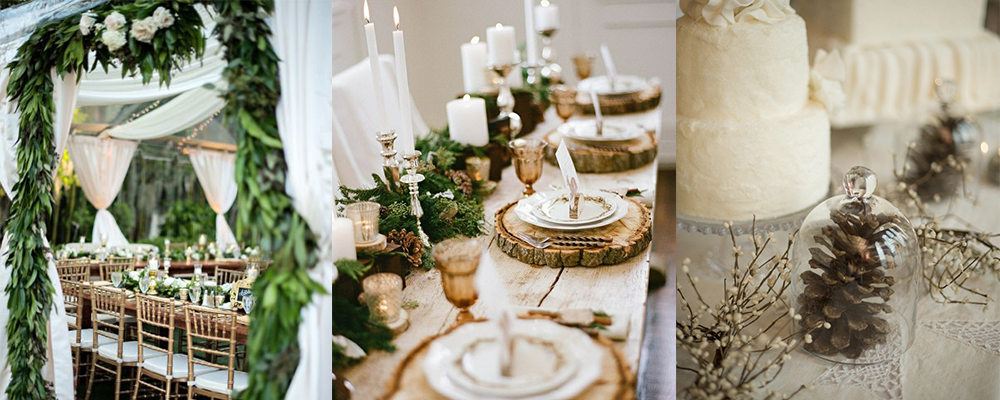Tiles play a pivotal role in defining the aesthetic of a space, but trends change, and sometimes, so should your tiles. If you’re wondering how to paint bathroom tiles or refresh your kitchen, having your tiles painted is an easy, affordable solution instead of a tile replacement. Here are some tips on how to paint tiles, ensuring a smooth DIY experience.
What is tile paint?
Tile paint is a type of paint designed specifically for painting tiled surfaces, including walls and floors. When you use ordinary house paint, it will not stick to the tiles. Even if the paint sticks, it will begin peeling away. Choosing the right type of paint is the first step in this DIY job.
What to know before painting tiles

Before diving into the paint cans, here are three important things you should keep in mind for a flawless tile-painting experience.
- Choose the right tiles. Not all tiles are created equal, and you need to select the right type for their use and functionality. For instance, it’s ideal to get non-slip tiles for the bathroom. Meanwhile, ceramic or porcelain tiles provide a solid surface for the paint to adhere to.
- Surface preparation is key. Give your tiles some TLC before diving into painting. Clean and sand the existing tiles to remove the glaze and ensure proper paint adhesion.
- Select the right paint. Investing in good quality tile primer and paint for tiles from a reputable store is essential for a finish that stands the test of time.
Benefits of painting your tiles
Renew the look
Painting over tiles is an easy way to renew the look of any room. Many people choose trendy colours when they install tiles and later find that the tiles look dated and out of place. Choose from a myriad of colours to give your space a fresh, contemporary feel.

Cheaper than replacing them
Replacing your tiles and hiring a pro to do it costs a lot. You need to pay someone to remove the old tiles and check for water damage, and you also need to pay for new tiles and grout/other materials. Painting tiles is a wallet-friendly alternative to a complete tile replacement. You can also conceal dated or imperfect tiles, turning flaws into features.
Easy DIY
Knowing how to paint tiles can turn a weekend into a home improvement project with minimal time and readily available supplies. Depending on the size of the space, you might need as little free time as a few hours. Most jobs take a weekend or less and require supplies that you can get from any home improvement store.
Create custom and personal designs
Unleash your creativity by crafting personalised designs, making your space uniquely yours. While you can draw inspiration from what other DIY enthusiasts did, you don’t need to rely solely on their ideas. You can combine new colours and come up with your own designs.
What you’ll need
Gather the essential tools and equipment to ensure a seamless and successful project. Having these tools and materials on hand should prepare you well for your tile painting project with confidence.
- Tile cleaner: To thoroughly clean and prep the tiles before painting.
- Sandpaper and sanding block: Use fine-grit sandpaper to remove the tile glaze and use the sanding block to smoothen the surface.
- Masking tape or painter’s tape: Essential for protecting surfaces you don’t want to paint, such as appliances and outlets.
- Paintbrushes and rollers: A combination of brushes and rollers helps cover different areas efficiently.
- Paint trays: To hold and distribute the paint while using a roller.
- Drop cloths or plastic sheets: Protect your flooring and surrounding areas from paint splatter.
- Paint stirrer: Ensure your paint is thoroughly mixed before application.
- Tack cloth: Use to wipe away dust and debris after sanding.
- Tile primer: Choose a high-quality primer for better adhesion.
- Tile paint: Make sure it’s a durable paint suitable for tiles.
- Sealer: For added protection, especially in high-traffic areas or if painting floor tiles.
Safety gear:
- Protective gloves: Shield your hands from chemicals in cleaners and paints.
- Safety glasses: Keep your eyes protected from dust and debris.
- Respirator mask: If working in a confined space, ensure proper ventilation and protect yourself from fumes.
A step-by-step guide on painting tiles
Step 1: Repair any damaged tiles

Begin the prep work by treating any chips or cracks with TLC to ensure a smooth surface. Caulk can repair any thin cracks or minor chips by applying a small amount while wearing gloves and levelling it with your finger.
For major flaws, use an exterior-grade waterproof spackle. Apply a little amount and wipe away the excess with a putty knife, bringing the filler down to the tile surface.
Step 2: Clean and sand the tiles
Fill a bucket with warm water and TSP cleanser (Trisodium phosphate). Wipe the tile down with gloves to remove dirt. Begin at the top and work your way down, changing the water as needed. Let it dry after rinsing with clean water.
Use sandpaper to scuff up the glazing without sanding down to the tile body while wearing safety gear. To prevent beeswax from embedding, clean the tile with water and dry it with a tack cloth.
Step 3: Protect non-paintable areas
Shield your furniture, appliances and other items from accidental paint splatters by using masking tape and sheet plastic. Protect outlets and appliances to ensure that your paint lands only where it is supposed to.
Step 4: Prime the surface
Grab your tile primer and fill a lined tray with bonding primer. Apply thin applications with a roller, and be careful not to press too firmly. Using a roller ensures that you don’t miss any parts of the tile and that the primer goes on smoothly. The primer can take a few hours or longer to dry or cure.
Step 5: Paint the tiles

Choose high-quality tile paint and apply it evenly with a roller. You can also spray paint your tiles if it’s easier and you have the right equipment on hand.
Avoid overloading your roller or paintbrush to prevent drips. Fill in the gaps and smooth down the edges with a paintbrush.
If you want to create unique patterns, use a cut sponge, prefabricated stencil, or handmade painter’s tape stencil. Before attempting patterns, check the manufacturer’s instructions regarding drying times.
Enhance the overall aesthetic by delicately painting the grout lines. Use a fine brush or a specially designed grout paint to accentuate these details, creating a cohesive and professionally finished appearance.
Contact local painters
Step 6: Let the paint dry and cure
It is best to let the tile paint dry completely overnight, although it may only take a few hours. If humidity slows the drying process, operating fans and leaving windows open will draw moisture from the air and help the paint dry faster.
Step 7: Apply a second coat
When buying tile paint, make sure you have enough for multiple coats, as the exact quantity needed depends on the job. Darker tiles generally require more tile paint than lighter ones. Additionally, surfaces with accent tiles, patterns, or unique designs may need extra coverage. Using a primer to conceal old tiles reduces the overall tile paint required. If old tiles are visible through the paint, you may need multiple coats.
Step 8: Apply a sealer
Finally, apply two coats of polyurethane sealer after the paint has fully set. Allow the paint to cure for 24 to 48 hours before applying the sealer to ensure it is no longer tacky to the touch, promoting excellent bonding.
Preserve the beauty of your painted tiles with regular maintenance. Clean them gently with a mild detergent, and avoid abrasive cleaners to extend the life and vibrancy of your newly painted tiles. With proper care, your painted tiles will continue to enhance your space’s aesthetics for years.
Transform your space with fresh coats of paint
Tile painting emerges as a versatile and cost-effective home remodelling option. The possibilities are endless, and knowing how to paint tiles allows you to personalise your surroundings.
If you decide to let a pro handle the job, choose someone with the right qualifications. Painters in Australia need a Certificate III in Painting and Decorating, which goes to those who did apprentice programs and took the right classes.
Hiring a skilled painter can ensure that your house painting endeavour goes off without a hitch. They can assist you in selecting the right kind of paint and colour to complement your style and emphasize your tiles. With a single brush stroke, you may transform, refresh, and customise the style of your kitchen or bathroom!
FAQs on painting tiles
What kind of paint do you use on bathroom wall tiles?
- Epoxy paint: Ideal for bathroom wall tiles, known for durability and moisture resistance.
- Latex or acrylic paint: This option is user-friendly and especially effective with a bonding primer.
- Oil-based paints: Suitable but requires proper ventilation due to fumes.
- Tile paint or refinishing kits: Offers specialized formulations for tile surfaces.
Ensure thorough surface preparation, including cleaning and priming, for optimal paint adhesion and lasting results.
Does painting over kitchen and bathroom tiles last?
If you use high-quality paint and properly prepare the surface before painting, your painted tiles will last many years without needing to be repainted.
Can you paint over the kitchen splashback tiles?
Yes. Paint is one of the simplest and most cost-effective ways to remodel your home. A few cans of paint can transform your kitchen’s walls, cabinets, kitchen island, table, chairs, and even your splashback.




















